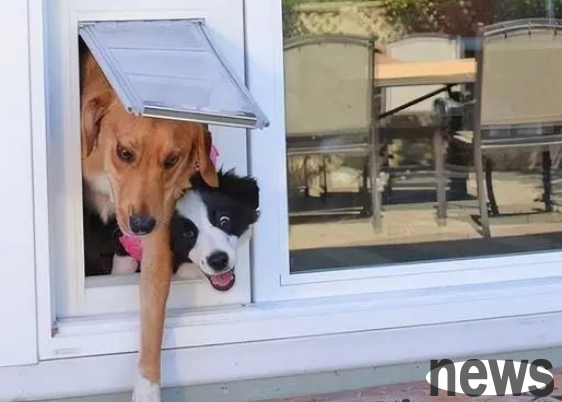In daily life, many owners will face such troubles: whenever they open the door, the dog will always "run out" impatiently, not listen to the owner's shouting, and even rush directly to the road. This makes the owners very anxious and...
In daily life, many owners will face such troubles: whenever they open the door, the dog will always "run out" impatiently, not listen to the owner's shouting, and even rush directly to the road. This makes the owners very anxious and worried about accidents in the dog. However, some owners can obediently "not run out" when opening the door, stay at home obediently without causing trouble for their owners. So, what exactly causes this difference? Let's find out now.

It should be clear that the dog's behavior of "running out" and "not running out" is determined by the owner's education and training. A good owner should start basic training of the dog when it is still very young, teach it some basic behavioral norms and obey its owner's instructions. Only when the owner spends time and energy to educate and train the dog can the dog become a good dog who is obedient and understands the rules.
The difference between "running out" and "not running out" is also the degree of trust and dependence on the dog's owner. Generally speaking, the higher the trust and dependence of the dog on his owner, the more he will obey his owner's instructions, be willing to stay with his owner, and not easily perform dangerous and impulsive behavior. On the contrary, if the dog lacks trust and dependence on its owner, it will be easier to rush out of the house and take risks on its own. Therefore, owners should spend more time with their dogs, interact more, enhance their feelings, and make their dogs trust and rely on their owners more, so as to effectively avoid the dogs "run out".

The difference between a dog "running out" and "not running out" lies in the environment and management of the owner's home. At home, the owner should set some basic rules and systems so that the dog can understand which places it can enter and which places it is forbidden to enter. At the same time, some obstacles should be set up near the door of the house to prevent dogs from rushing out of the house. Only under such strict management can the dog not easily rush out of the house.
Some auxiliary tools, such as leashes, educational collars, etc., can be used appropriately to help educate and train dogs. These auxiliary tools can effectively limit the dog's range of movement, making it easier for the dog to follow the owner's instructions. However, while using these auxiliary tools, the owner should also pay attention to respecting the dog's personality and emotions, and should not overuse or use it improperly to avoid causing bad experiences and emotions to the dog.

The difference between opening the door, and "running out" the dog "running out" and "not running out", depends on the owner's education and training, the dog's trust and dependence on the owner, the home environment and management, and the use of auxiliary tools. Therefore, as a dog owner, we must always take good care of our dogs, and have scientific education and training from an early age to deepen their emotions and make them an obedient and regular good dog. In this way, our relationship with the dog will be more harmonious and beautiful.